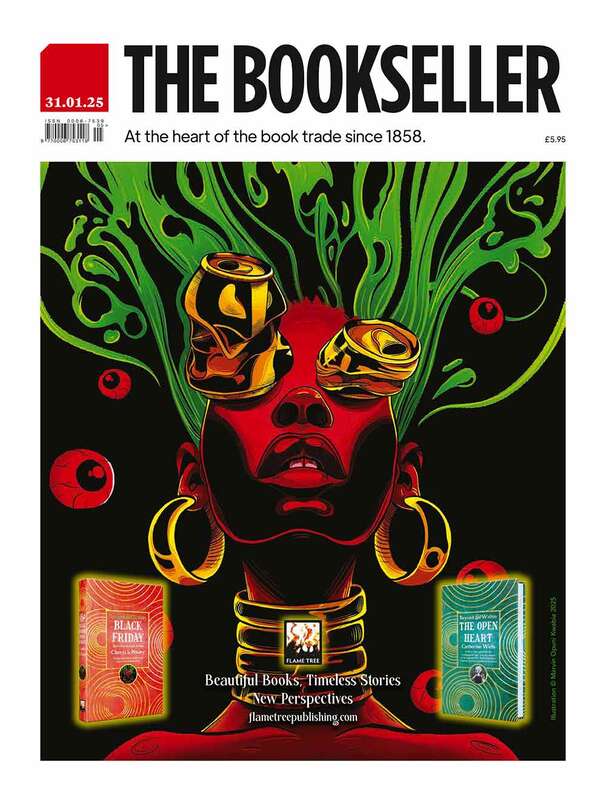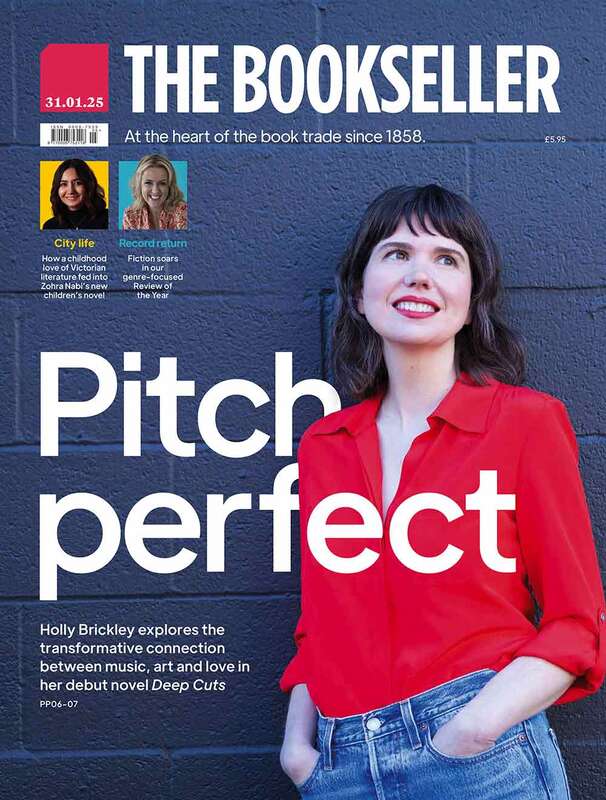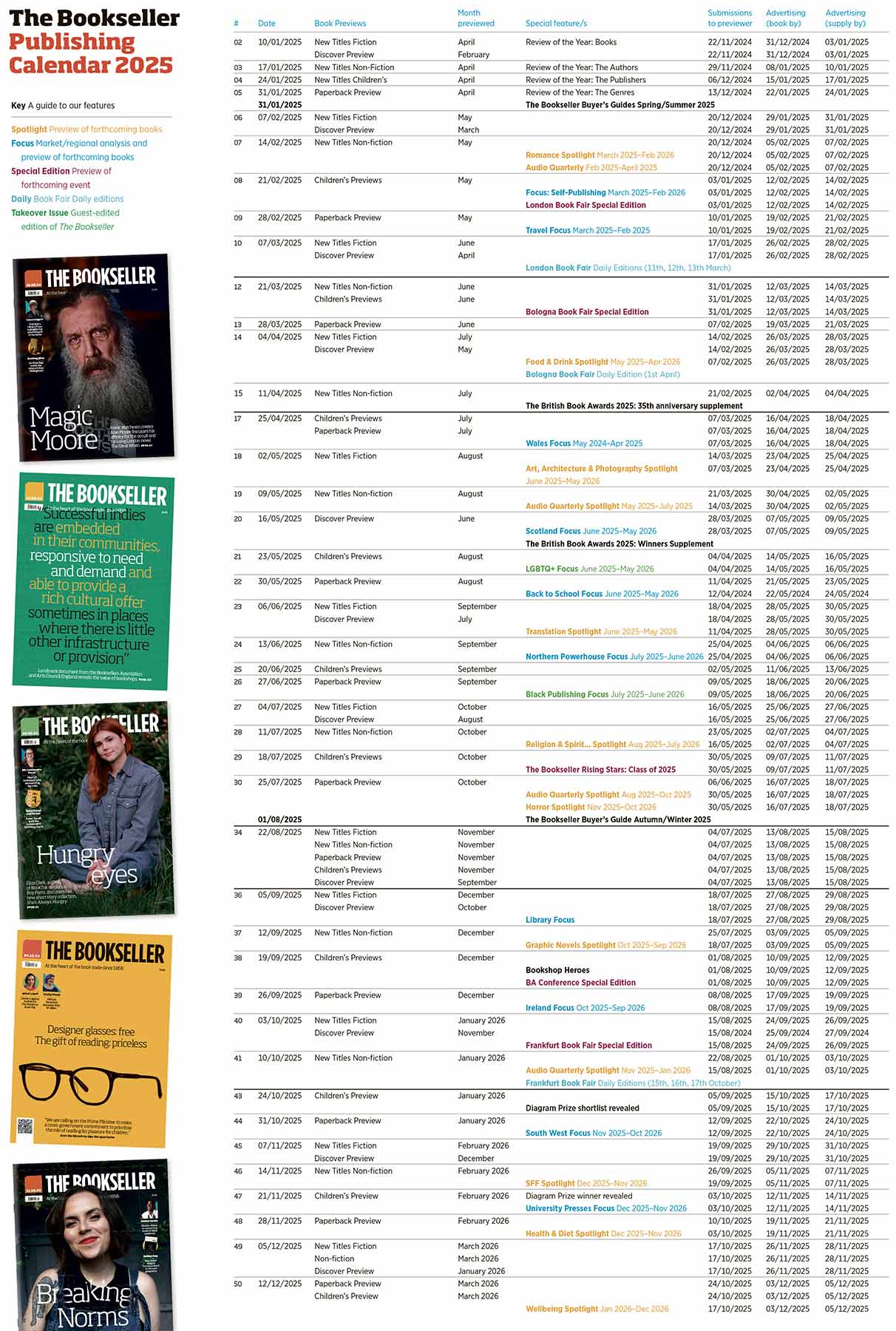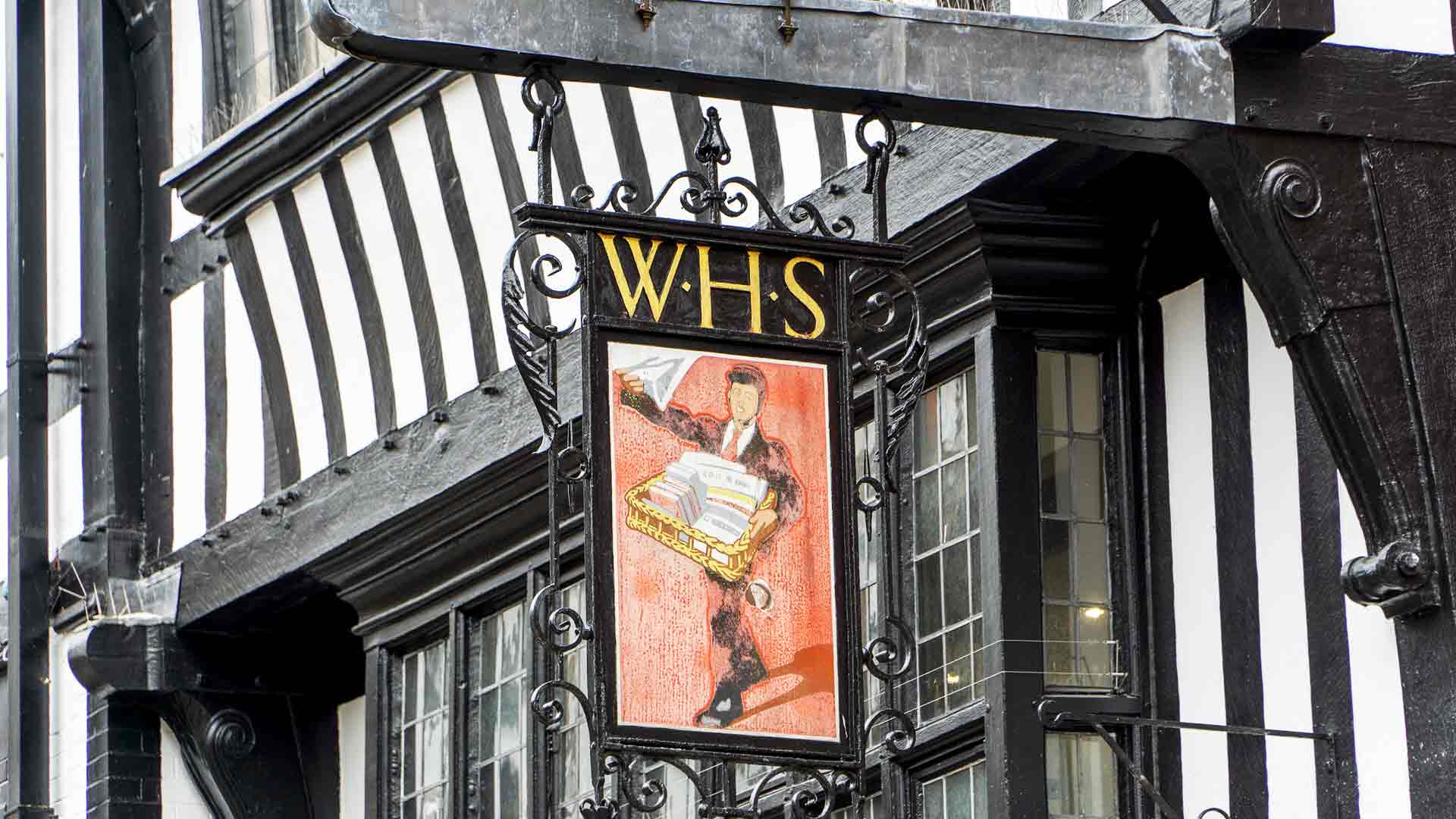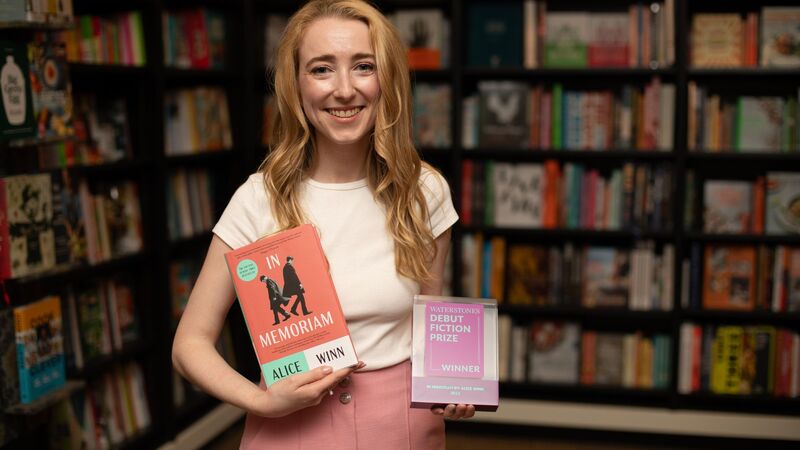You are viewing your 1 free article this month. Login to read more articles.
There's something about Smiths
The threatened high street icon deserves a reinvention.
Nothing lasts forever, but WHSmith comes close.
Just think of the names it has outlived: Austicks, Bol.com, Books etc, Borders, Dillons, Fagins, Hammicks, John Smith, Menzies – “Meng-eez”, the Scottish WHSmith, Methvens, Ottakar’s, Sherratt & Hughes, Webster’s. Not bad for a frequently derided retailer.
The news that it is in talks to sell its 500-odd high street stores is sad. We have all come along with Smiths; its longevity is a thing of wonder. When Gladstone was facing Disraeli in the House of Commons in the 1870s WHSmith was already an old company. It was where Dickens used to buy his newspapers. Come the First World War, the company had been around for more than a century.
I have spent a great deal of my life as a book industry journalist writing about Smiths, enjoying pointing out that it was originally HWSmith. The company was founded by Henry Walton Smith as a tiny “newswalk”, i.e. paper round, in 1792 in Little Grosvenor Street in Mayfair, next to Berkeley Square, where indeed one may have heard nightingales sing at the time. In 1888 Henry James wrote of “the fine flare of one of WHSmith’s bookstalls... it gives the idea that literature is a thing of splendor, of a dazzling essence, of infinite gas-lit red and gold. A glamor hangs over the glittering booth, and a tantalising air of clever new things.”
In the 19th century, the company’s bookstalls closed on Sundays. This rule was relaxed only once, during the Crimean War, when Sunday work was allowed to enable soldiers’ relatives to obtain the names of casualties at the Battle of Alma listed in the newspapers. During the Second World War, WHSmith’s famous shop in the Rue de Rivoli in Paris – complete with an English tearoom on the first floor – became a Nazi propaganda shop. Stencilled German writing is still visible in the basement stockroom today.
It is a fascinating past. One hopes that an imaginative book-loving suitor can see the potential for a profitable future.
The idea that Smiths might not be around seems strange, like imagining a high street without Boots. Numerous authors have expressed concern that its disappearance will leave a book desert in certain locations. With its non-intimidating atmosphere, Smiths has arguably introduced books to more than a few reluctant readers.
Smiths’ story is, in some ways, the story of the UK itself. British children learn about the 19th century “railway mania” at school, and it was the clever exploitation of this same mania through opening station bookstalls that gave Smiths the basis of its profitable WHSmith Travel subsidiary today. That side of the business is not for sale.
This longevity means that it is one of the few retailers in the UK to have its own museum, opened in 1978 above its branch in Newtown, Powys, where exhibits include one of around 1500 paperboys’ bicycles that were custom-made for Smiths until the 1950s, and an ash tray from the company’s store on the Queen Mary.
It is also possibly the only bookseller to have its name immortalised in a book title. In 1990, the science fiction writer Brian Aldiss entitled his memoirs Bury My Heart at WHSmith’s. It was his acknowledgement of the influence of the retailer on his life.
It is easy to see the argument for the chain’s existence. Smiths is a family retailer with a mainstream offering. Alison Steadman’s memoir for mum, the new Richard Osman for dad, the latest Taylor Swift magazine or Captain Underpants book for the kids. Yes, all this is available online, but throw in wrapping paper, the new year’s diary and a birthday card too, and you’ve got everything you need in a one-stop shop, without all the faff of online.
That was then. Is it so much different now? The YouTubers all want physical books and Smiths is as good a place for them as Waterstones. Douglas McCabe, CEO of Enders Analysis and a former Bookseller journalist, can even imagine a revamped Smiths with an offering that would appeal to a new generation who are interested in physical media, the same people who are powering the rebirth of vinyl and record decks in HMV. He told the Guardian: “An entertainment store could work if it feels buzzy and maybe includes a café... It is cool partly as it is not the internet. It is a separate space.”
Older book trade figures fondly remember favourite buyers or buying team heads – Cathy Ferrier, Martin Lee, Fiona Kennedy, Chris Rushby – as well as powerful initiatives such as Fresh Talent and Thumping Good Read. Smiths also ran the highly respected WHSmith Literary Award from 1959 to 2005.
It is a fascinating past. One hopes that an imaginative book-loving suitor can see the potential for a profitable future. A hip hangout may be too much to ask for, but an intelligent, mid-range, accessible reinvention is surely a possibility.


